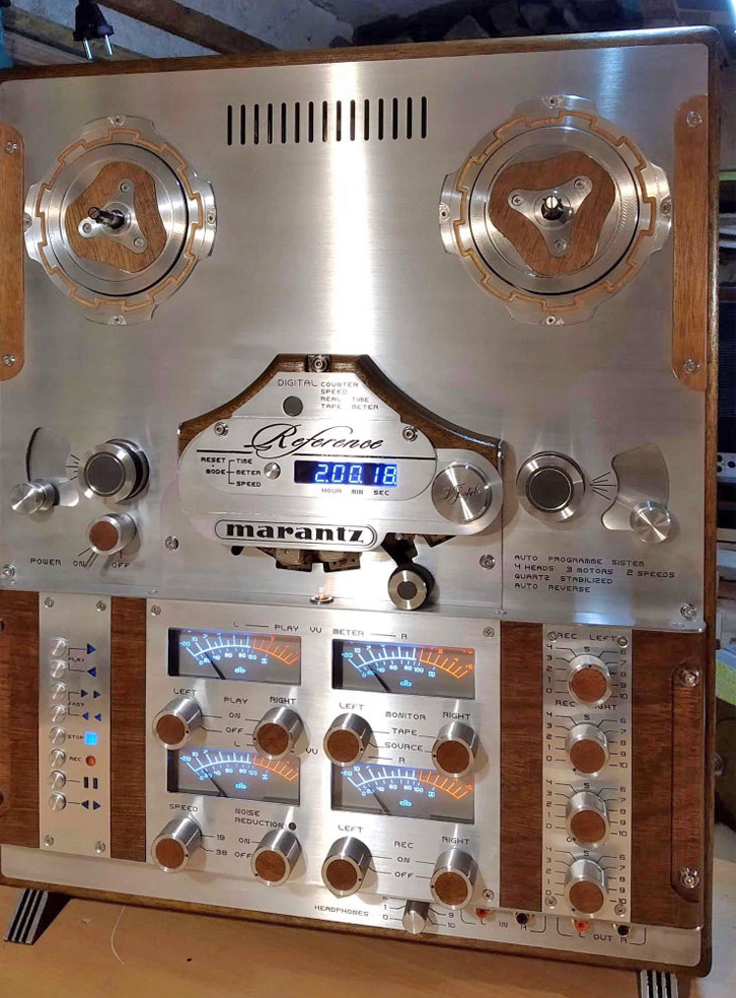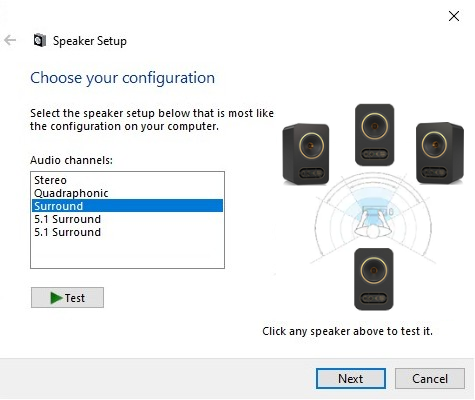Born in New York in 1911, graphic designer and amateur musician Saul Bernard Marantz was dissatisfied with the musical equipment available on the market and spent many hours constructing an amplifier that could reproduce his treasured collection of LP records. Marantz was founded in 1948, coinciding with the introduction of the monophonic LP (LP) by the Columbia Broadcasting System. In the 1970s, the company skillfully exploited American experience from the tube era in the use of transistors and applications with a wide range of technical innovations, such as stereo FM broadcasts, quadraphonic recording and Dolby-licensed noise reduction.
The 4400 model in the video is one of the flagship products
It even had built-in Dolby B circuitry. Such an amplifier is certainly an attractive trophy in the home for collectors of old hi-fi equipment, but rather impractical for a music lover. Half a century old potentiometers and switches need to be renovated. Capacitors have also aged, which means that the characteristics of this amplifier are now quite different from what is stated in the manufacturer's data sheet.
Now the FM tuner in the 4410 cannot provide the quality of the broadcast as from a stream that can be with Free Lossless Audio Codec and the studio sampling standard of 48 kHz, and after time it turns out that it was more optimal to invest in a traditional integrated amplifier 4140.
However, it was best to invest in separate components
The power amplifiers were made with great care and still perform well, although the capacitors have lost some of their properties.The investment in a cassette recorder is now the least worthwhile, because there is no point in converting music copied from gramophone records even to MP3. The situation is slightly better with the 7700-2 reel-to-reel two-track tape recorder, but it did not become a hit. The more popular one might be the 7700-4 (four-track, 2 x stereo). It also doesn't hurt to remember that tapes recorded with 4 tracks cannot be played on better-class tape recorders with 2, but the other way around has never been a problem.
Martantz was deeply involved in quadraphony, so he also proposed a suitable reel-to-reel tape recorder. However, tapes recorded on it cannot be played back on the 7700-2. In the 7700-4 they can only be played in stereo, but only from a reel that has been properly rewound. However, the one for quadraphony can play stereo recordings on 2- and 4-track tapes. There is only a slight drop in quality with 2-track recordings. The PC as a "tape recorder" is also universal and to an even greater extent.
The PC allows you to install the latest solutions so that it is like it used to be with Marantz equipment and removing it them when they are unnecessary
1st Reference 4 FM radio witch PC4uMusic configurations was as the name suggests for analog broadcasts. It could be built into a wooden case, as was done with the best hi-fi equipment. It could later be supplemented with DAB+ and various versions of DVB, and earlier even NICAM TV stereo. Now supports what the BBC calls Sound HD - 320 kbps stream with Advanced Audio Coding and 48 kHz sampling.
The best quality of music playback from radio broadcasts is provided by the FLAC stream. More on this topic 48 kHz FLAC by Swedish Radio & EBU recordings
The new speaker arrangement for surround sound and active studio monitors provide unique possibilities. Quadraphonic QS and SQ
recordings can be played back quite reliably without a decoder. With
CD-4 they must be analog decoded, but a non-traditional speaker
arrangement for them is very beneficial in practice. Similarly, it is
more practical for multi-channel recordings.













The new speaker array for surround sound is directly related to HRTF (head-related transfer function) https://en.wikipedia.org/wiki/Head-related_transfer_function
ReplyDeleteMicrosoft has been working on this topic for years https://www.microsoft.com/en-us/research/project/spatial-audio/
DeleteThere is already a broader note on this topic with the title "PC4uMusic & a head-related transfer functions" https://audiophilepc.blogspot.com/2024/07/4-speakers-at-home-and-hrtf.html
DeleteMarantz strongly focused on quadraphony, as Wikipedia states
ReplyDeleteCompatible Discrete 4, also known as Quadradisc or CD-4 (not to be confused with compact disc) was a discrete four-channel quadraphonic system for phonograph records. The system was created by JVC and RCA in 1971 and introduced in May 1972. Hundreds of recordings using this technology were released on LP during the 1970s.
https://en.wikipedia.org/wiki/Compatible_Discrete_4
Many quadraphonic recordings in the 1970s used "matrix" technologies to encode and decode four channels of audio information in a 2-channel medium, usually an LP. The poor decoding performance of early matrix formats was the main reason they disappeared once improved matrix systems arrived. The later matrix systems were based on work by Peter Scheiber. His basic formula used 90° phase-shift circuitry to enable enhanced 4–2–4 matrix systems to be developed, of which the two main leaders were Columbia's SQ and Sansui's QS systems.
Deletehttps://en.wikipedia.org/wiki/Stereo_Quadraphonic
Marantz offered playback from SQ "matrix" technologies - Stereo Quadraphonic
Delete